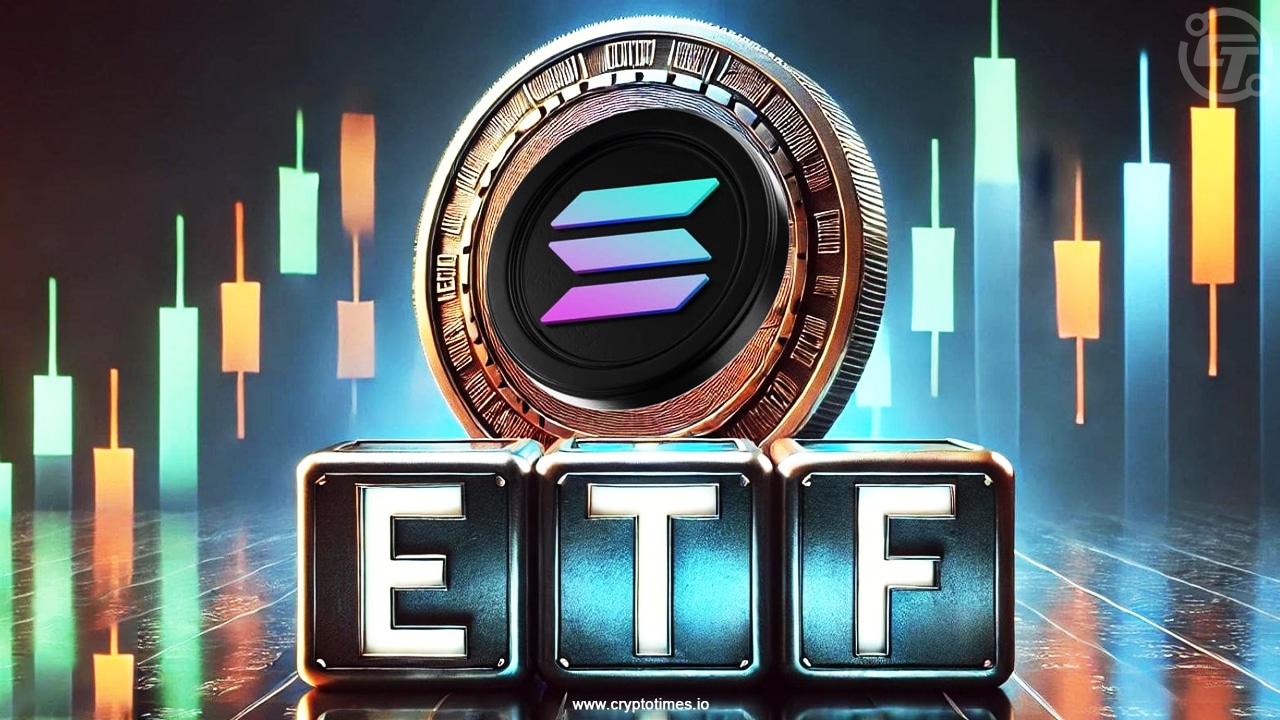Canary Revamps Solana ETF Strategy—Now with SOL Staking in Bold S-1 Amendment

Wall Street’s latest crypto flirtation gets a facelift as Canary tweaks its Solana ETF playbook. The amended filing now includes staking rewards—because why settle for passive gains when you can turbocharge them with blockchain’s favorite yield trick?
Solana ETF 2.0: Staking Edition. The rebranded fund ditches vanilla exposure for a juiced-up model that puts idle SOL to work. Because in today’s market, even institutional products need DeFi sprinkles.
Another day, another ETF tweak. As TradFi scrambles to crypto-fy its offerings, one wonders: are they building bridges—or just painting stripes on dinosaurs?
Canary Capital Updates S-1 Filing for Solana ETF
The updated document includes details on a new partnership with Marinade Finance, a protocol focused on decentralized staking. As a result of the partnership, the fund can include SOL staking as part of its ETF system. Thanks to this partnership, SOL assets will earn income using Marinade’s liquid staking process.
One objective of this integration is to track Solana price movements and the rewards available from staking. As explained in the filing, staking will play a major role in managing the ETF and profits may either be used to buy more assets or given back to shareholders, in line with the fund’s guidelines.
Moreover, ethereum ETF issuers like Bitwise are seeking the SEC to allow the staking option. If the decision is finalized on these filings, the Solana staking clause could also be approved by the SEC under pro-crypto Paul Atkins’ leadership. Nonetheless, if the agency mimics its move ahead of the Ether ETF approval in July 2024, the staking clause might have to be removed.

